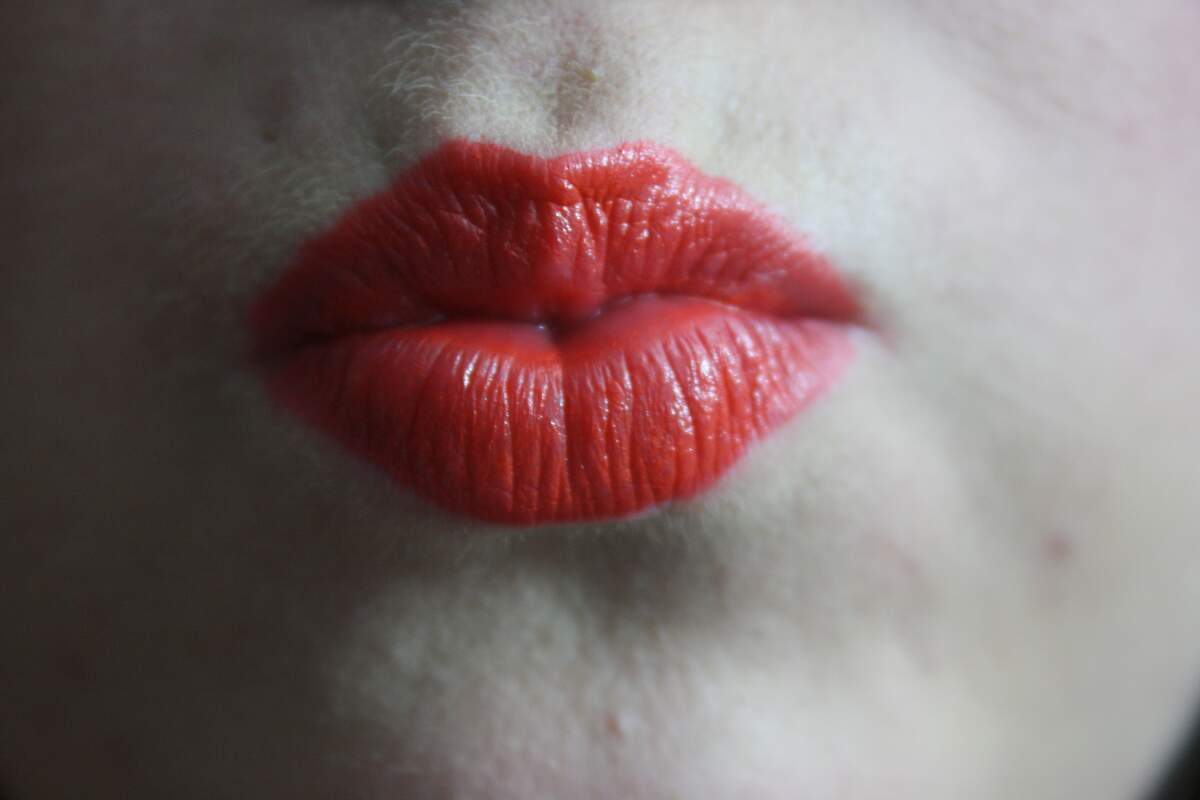

National Lipstick Day
Lipstick shines and sparkles in every shade imaginable today. Marked by beauty bloggers, cosmetics companies, fashionistas, and influencers, and celebrated by anyone who loves wearing lipstick, National Lipstick Day has been around since at least 2012. Favorite lipsticks are worn and new types are tried out. Many makeup brands have lipstick sales on the day or give away lipstick.
The first traces of lipstick started with the painting of lips in ancient times. This started near the Sumerian city of Ur in Mesopotamia, where Schub-ad, a queen, colored her lips by crushing red rocks and putting them in a paste of white lead. Other Mesopotamians were known to press semi-precious jewels to their lips. Lip colorings of the time were also made from henna, clay rust, insects, and fruits.
Soon afterward, the coloring of lips red spread to the ancient Egyptians, Greeks, and Romans. Egyptians made a red dye out of a mix of fucus-algin, iodine, and bromine mannite. They also made carmine dye from ground cochineal insects. They didn't limit their lip coloring to reds, and also came up with shades of black and purple. In ancient Greece, red lipstick or lip paint signified that the wearer was a prostitute, so most women didn't wear makeup at the time. Conversely, lipstick was an indicator of social rank in the Roman Empire, and both men and women wore it.
Abu al-Qasim al-Zahrawi, an Arab scientist and surgeon, is often credited with inventing the first solid lipstick at some point during the tenth century. Lipstick continued to become more widespread during the Middle Ages and the Renaissance, but there was also much opposition to it. Its association with prostitutes also persisted. For example, it had that association in Spain in the sixth century. Christianity was expanding, and lipstick and other makeup was condemned by the church. Red lips were even associated with the worship of Satan, and women wearing makeup were sometimes suspected of being witches or sorcerers. Clergy attacked lipstick and said it altered the design that God had made of people. The British Parliament even tried to ban lipstick in 1650, but the bill failed to pass. But lipstick continued to spread beyond prostitutes in England. Lip salves were acceptable at the time, and women often secretly added color to it so their lips appeared redder. Then, English noble ladies and actors of both sexes began wearing lipstick.
Lipstick was brought to the American continent by settlers from Western Europe, and George Washington was even known to wear it on occasion. The term "lipstick" was first used in 1880, and the first commercially manufactured lipstick came out in about 1884, being produced in Paris by Guerlain. It was made from castor oil, beeswax, and deer tallow. By the late 1890s, lipstick was being sold in the Sears Roebuck catalog. At the time, lipstick wasn't packaged in the same type of tubes it is today. It was wrapped in silk paper, put in paper tubes, and placed in small pots. Metal tubes for lipstick were invented in 1915 by Maurice Levy of the Scovill Manufacturing Company. Known as the "Levy Tube," a small lever at the side of it raised or lowered the lipstick. Then, in 1923, James Bruce Mason Jr. of Nashville patented the first swivel-up tube, which is what is considered the modern lipstick tube.
Even into the twentieth century, there were contrasting views of lipstick. Some saw it as beautiful and expected it to be worn, while others saw it as vulgar. But by the 1920s, it was here to stay. Silent era movie stars showcased it and moviegoers copied the stars. Lipstick became mass-produced and cheap, with the most popular colors of the era being cherries, dark reds, browns, and aubergines. In 1927, Paul Baudercoux, a French chemist, invented "kiss-proof lipstick," which he named Rouge Baiser. It worked too well and was difficult to remove, so it was taken off the market for a time. Many other companies were selling lipstick at the time, such as Guerlain, Chanel, Elizabeth Arden, and Estée Lauder.
Gloss was invented by Max Factor in the 1930s. It was first worn by movie stars, and also made its way to the general populace. The Great Depression didn't slow lipstick down, and it was still affordable at the time. Colors like burgundy and deep plum were in vogue. Materials were scarce during World War II, and the metal lipstick tubes were swapped for plastic and paper. But lipstick itself didn't lose any ground. Women were even encouraged to wear bright red lipstick to help boost morale. A popular shade during the time was "American Beauty" by Besame.
In 1950, another long-lasting lipstick, "No-Smear Lipstick"—which had been invented by chemist Hazel Bishop—made its debut and became commercially successful. Revlon followed suit with similar types of lipstick. Stars continued to set the trends with lipstick: Marilyn Monroe and Elizabeth Taylor wore bold red lipstick that women everywhere replicated. "Envious" by Estee Lauder was a popular shade of the era. Another lipstick trendsetter of the 1950s was Queen Elizabeth II, who had a lipstick commissioned to match her robes at her 1952 coronation. It was made by Clarins and named "The Balmoral."
During the 1960s and '70s, shades like Maybelline's "Orange Danger" and Aerin's "Rose Balm Lipstick" were all the rage. Bonnie Bell introduced a flavored lipstick called Lip Smackers in 1973. In the 1980s, popular lipsticks were glossy and shimmering, and bold red lips returned. During this era of power dressing, many women matched their lip color to their clothing. Not everyone wore bold red colors—hot pink lips were common in some circles, and dark goth lips were popular in others. During the 1990s, lip liners were big, with dark lip liners outlining a lighter lipstick. Mac and Urban Decay were popular brands of the decade. When the 2000s hit, lip glosses were at the forefront of lip fashion, being worn by stars like Britney Spears, Paris Hilton, and Christina Aguilera.
The lipsticks of today have different ingredients than the lipsticks of the ancient Mesopotamians, Egyptians, and Romans. Today's lipstick components protect from the sun, waterproofing, and moisturizing, and affect the shade, performance, smell, and taste of the lipstick. Crayon-shaped tubes filled with a claylike substance are still common, but now there also is liquid lipstick and lip stains. Shades have continued to expand beyond red, with colors like blue, black, yellow, and green being on the market. Today, on National Lipstick Day, we celebrate all brands, styles, and shades of lipstick! We wear our favorites and try new types that might become our favorites of tomorrow!
How to Observe National Lipstick Day
Celebrate the day by wearing lipstick! Wear your favorite kind or a kind you've never worn before. You could try some of the most popular brands and shades of all time, which are mentioned above in the holiday's description. Check for sales on lipstick or for free lipstick from various makeup brands. If you aren't sure how to choose the right color, you could take some tips from makeup artists. Another idea for the day is to pick up a copy of Read My Lips: A Cultural History of Lipstick to read.





















